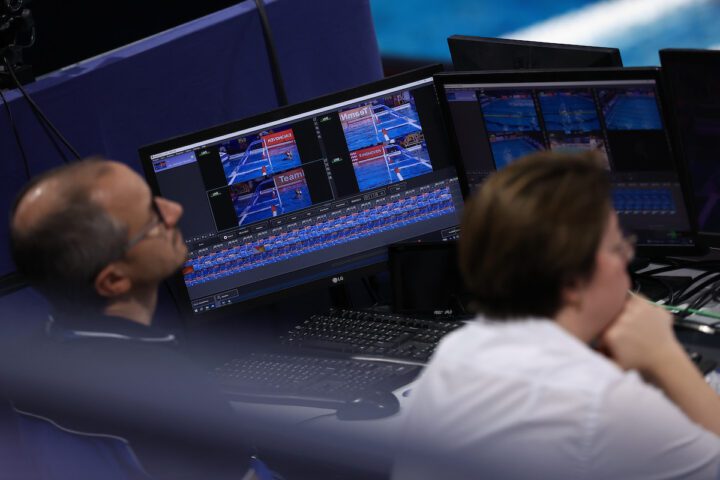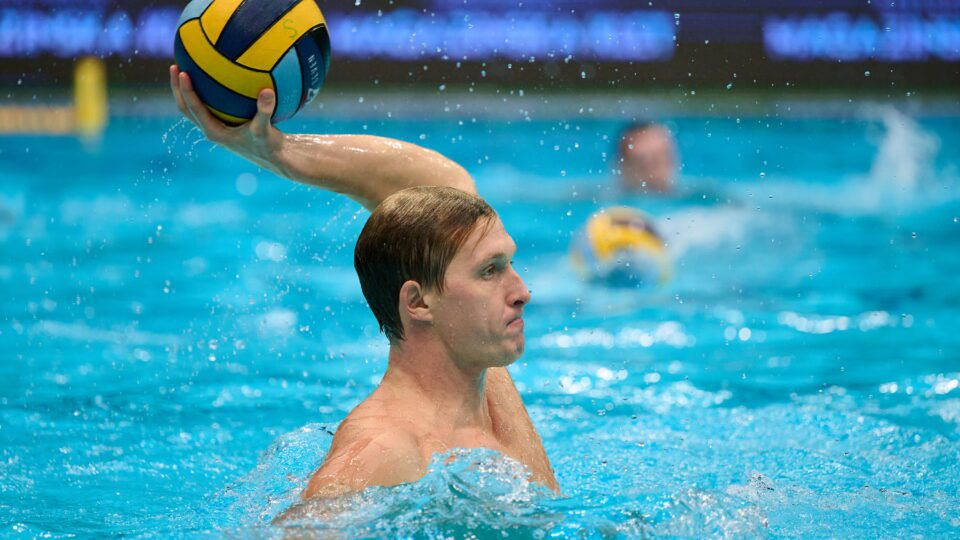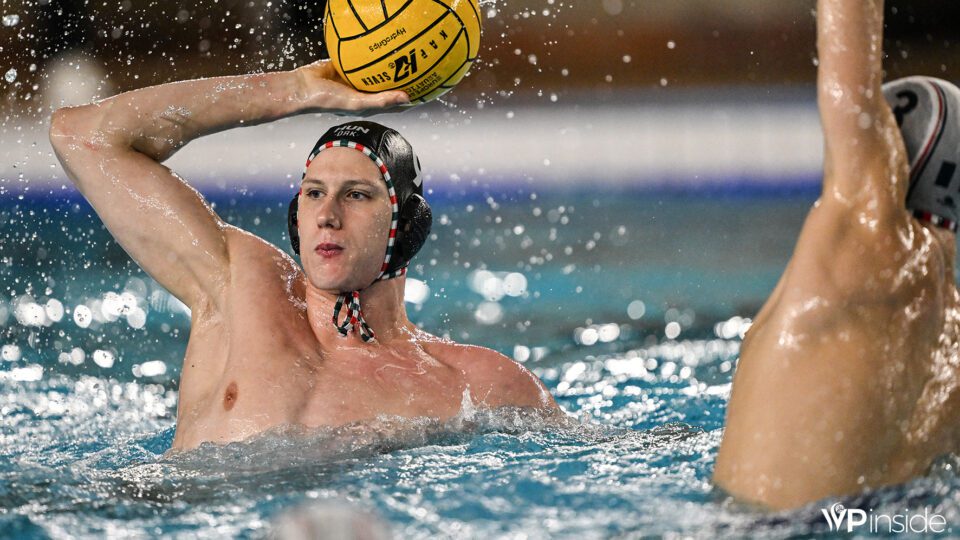The ongoing European Water Polo Championships in Zagreb are embroiled in a ridicule breach of regulations, casting a dark cloud over the integrity of the men’s competition. The event, under the stewardship of LEN European Aquatics, now faces critical scrutiny due to discrepancies in the Video Assistant Referee (VAR) protocol documents.
In a pre-tournament technical meeting, all teams were handed a 5-page VAR protocol PDF detailing the conditions under which referees could resort to VAR review. However, a request for VAR evidence regarding Velloto’s controversial (non)goal led to a startling revelation: LEN eventually provided a 6-page VAR protocol document, differing from what was initially distributed.
Upon our research, it emerged that eleven men’s teams (that replied to us) had received the 5-page document (file name: EWPC 2024 – VAR Protocol.pdf), with no updates issued. In contrast, the women’s teams in Eindhoven were given the 6-page version.
The crux of the matter lies in the additional content found in the 6-page document, specifically in Section 2.5, “Suspicion of an Incident of Violence.”
The 6-page VAR protocol outlines three potential outcomes following a review of a violent play incident:
1. Violent play
2. Misconduct
3. No violation
Conversely, the 5-page version available to the men’s teams only includes two possible decisions:
1. Violent play
2. No violation
This discrepancy has had tangible impacts on the championship’s fairness. Incidents involving players like Papanastsiou (against Hungary) and Di Somma (against Greece) were called for misconduct, incongruent with the 5-page VAR protocol provided to their teams.
In a sport governed by transparency and fairness, such a situation would be a major scandal, demanding accountability from figures like Angel Moliner, Tamas Molnar, or Antonio Silva. Yet, in water polo, this serious oversight will be downplayed as a minor miscommunication, with no real consequences for the responsible parties.
But the fact that teams haven’t complained about these decisions raises two significant issues emerging from this debacle.
This hyperinflation of competitions, along with constant rules modification and specific instructions, has resulted in confusion and diverse interpretations of rules, leading to a sense of apathy among players, coaches and team staff.
Secondly, and more worryingly, there is a prevailing atmosphere of fear among players, coaches, and federation representatives. This fear, to express dissatisfaction or to challenge absurd situations, is rooted in apprehension of biased retribution from referees. This culture of fear, initially sown by Gianni Lonzi, seems to persist under his successors.
The public interest for water polo is too small to fix this issue on it own. If we want our sport to evolve, players and coaches must acknowledge their responsibility in perpetuating this system. They need to speak up and advocate for what is right in water polo, breaking free from the clutches of this flawed system.






